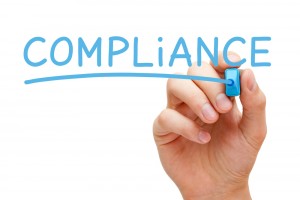 On October 9, 2014, Puerto Rico’s Office of the Commissioner of Financial Institutions (OCFI) has settled its claims with UBS Financial Services Incorporated of Puerto Rico (UBS Puerto Rico) over UBS’s sale of closed-end mutual funds in Puerto Rico. The OCFI conducted a routine examination from October 15, 2013 through June 27, 2014. The examination of UBS Puerto Rico was conducted to determine if the firm complied with the Puerto Rico Uniform Securities ACT Regulation No. 6078.
On October 9, 2014, Puerto Rico’s Office of the Commissioner of Financial Institutions (OCFI) has settled its claims with UBS Financial Services Incorporated of Puerto Rico (UBS Puerto Rico) over UBS’s sale of closed-end mutual funds in Puerto Rico. The OCFI conducted a routine examination from October 15, 2013 through June 27, 2014. The examination of UBS Puerto Rico was conducted to determine if the firm complied with the Puerto Rico Uniform Securities ACT Regulation No. 6078.
The OCFI interviewed a sample of clients and examined whether certain former and current UBS Puerto Rico brokers either (i) recommended that, or (ii) permitted certain clients to, use non-purpose loans through UBS Bank USA to purchase securities in UBS brokerage accounts during the 2011-2013 period in violation of the customers’ loan agreements and UBS Puerto Rico policies.
The OCFI determined that for some clients, such a practice was unsuitable based on the customers’ financial objectives, risk tolerance and needs, and that UBS Puerto Rico brokers may have induced clients through the misrepresentations or omissions of material facts.
 Securities Lawyers Blog
Securities Lawyers Blog

